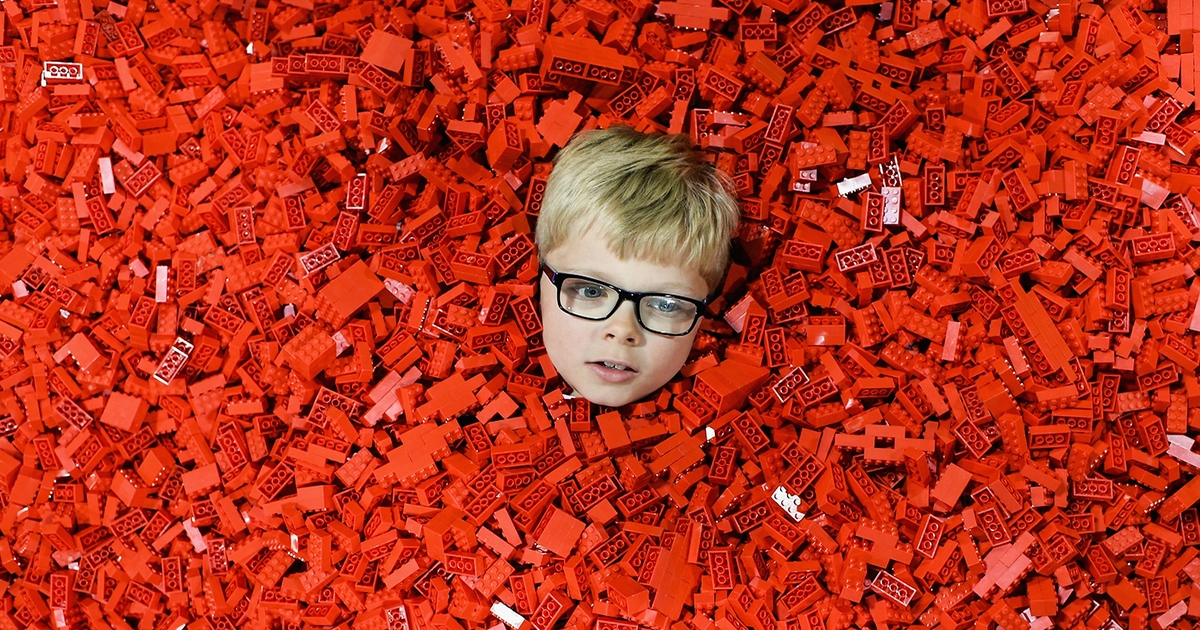
Microplastics? We’re Just Going to Have to Learn to Live With Them

Earlier this year I wrote about how microplastics are here, they’re there, they’re everywhere, and there is new research to further support this. In this case, the generator of microplastics might be someone in your house that innocently doesn’t know what they are doing. Someone that maybe looks like your or your spouse. That’s right — I’m talking about children.
Got children? Got Legos? Then you’ve got microplastics.
(I want to clarify that this is not an attack on Legos. Specifically. The researchers looked not just at Legos, but also other similar building blocks, of which there are many. I’m just using Legos here as a generic term, which I’m sure their lawyers will not be happy about.)
Friction produces microplastics.
The researchers found that the simple act of sticking the bricks together and taking them apart is enough to create microplastics. In order for Legos to stick together, the “studs” on top of the bricks rub against the “pipes” (or “anti-studs,” as they are called by Lego fanatics). The studs will also rub against the inner wall of the upper brick. All that rubbing is friction, and it abrades off a small amount of plastic. (It’s a very small amount, which is why you can take bricks that are 60 years old, and they still work with bricks made last week.)
Previous examples of microplastic generation involve the (environmental) degradation of plastics, such as plastic bags breaking down in sunlight. This is clearly different as Legos are durable and kept for years or even decades. When people outgrow them, they are sold or given to someone else that will use them. Very few ever end up in the trash. Additionally, I can’t ever recall seeing a Lego piece lying outdoors as garbage. People recognize and value their utility and durability.
Kids are the biggest culprits.
Children are more likely contributors to microplastic creation than adults, as they will be taking the pieces and re-making all sorts of their own creations. Adults are more likely to get the expensive kits that are designed to make one really complicated object. Once it’s made, it’s like a trophy that is set upon the shelf and not used again.
A side note: What is really funny about this new research is where it was published: The Journal of Hazardous Materials. Legos? Hazardous materials? Back when I used to work in a research lab, we had barrels set up for collecting waste that was legitimately hazardous — solvents, unreacted monomers, etc. If I had asked our hazardous waste coordinator about putting Legos in there, they would have keeled over laughing (and I would have been endlessly teased by co-workers).
No way to avoid microplastics.
I’m hoping that this might finally lead to a new perspective on microplastics. In our advanced civilization, we will be generating microplastics all the time just from using plastics. Rub something against a plastic object and you will generate microplastics. This is already well known with rubber tires (cars, bikes, backhoe loaders…). There is no way to avoid it. It cannot be prevented short of not using any plastic anywhere ever again, and that would seriously degrade our world.
This means that we’re just going to have to learn to live with microplastics.

Leave a Reply